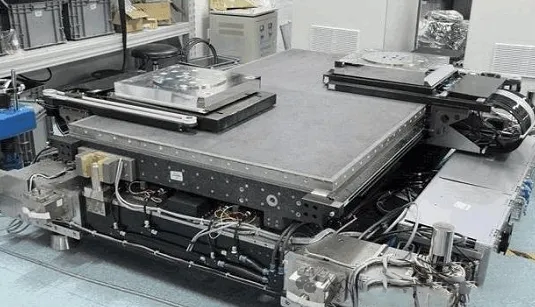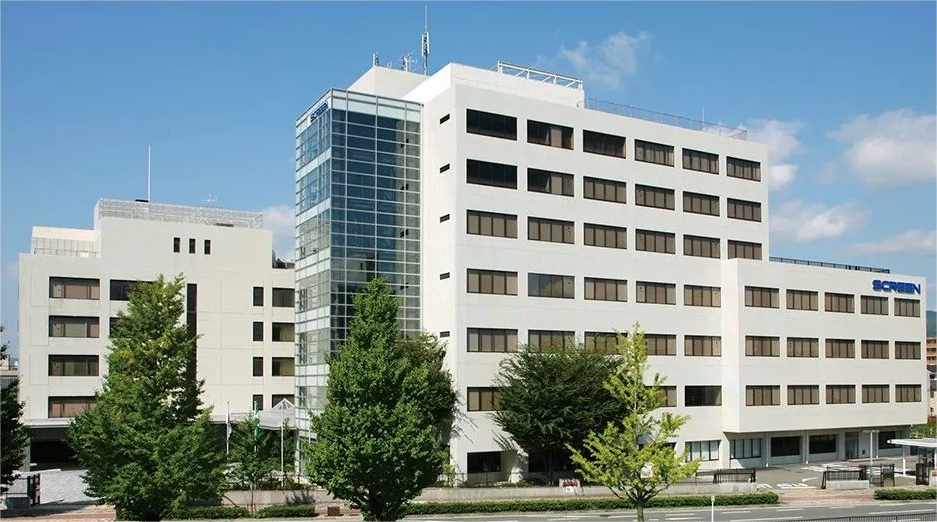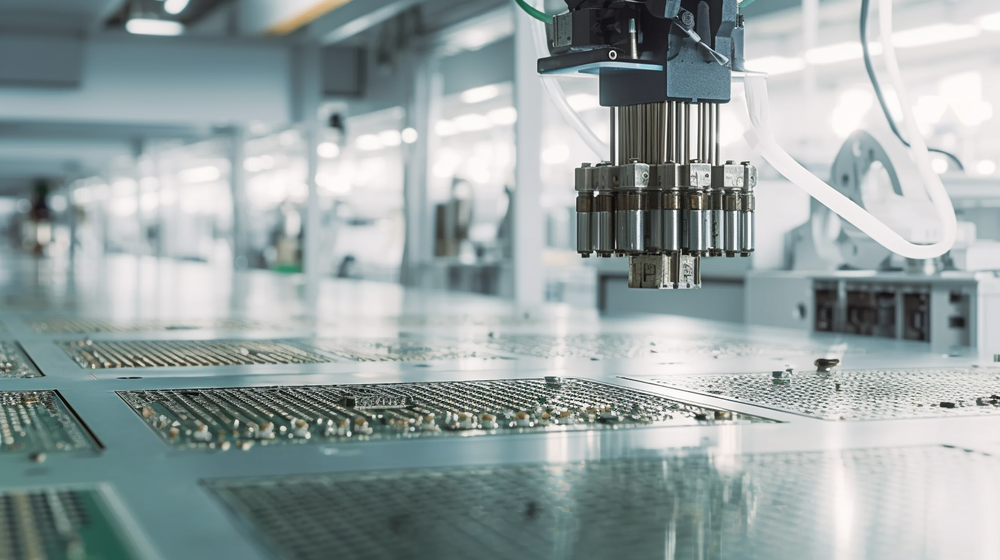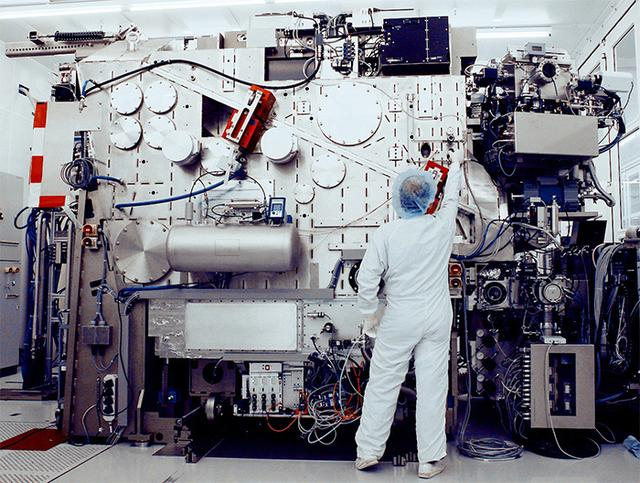What are the methods of wafer scribing?
Wafer slicing (cutting) refers to the process of cutting a single wafer into multiple independent chips (" dies "). This process is performed after all semiconductor manufacturing processes have been completed on the wafer for subsequent packaging and testing. There are many ways to slice, and today we will introduce it systematically.
Why is there a scribing process?

The wafer contains thousands of chips, each chip is an independent unit. When the manufacturing of the chip is finished, the chip is in a bare leakage state, and the chemical corrosion, dust, moisture and so on in the terminal environment will cause fatal damage to the chip, so the chip needs to be put on "clothes" (shell) to protect the chip, that is, packaging. The scribing process allows each chip to be individually packaged for use in a terminal environment.
The dominant way to slice?
Generally there are mechanical scribing, laser scribing. Laser scribing can be divided into laser hidden cutting and laser total cutting. There will be criss-crossing cutting paths on the wafer, and the cutting paths are to be cut into the boundaries of individual chips, which are generally sliced along the cutting paths.
Mechanical scribing

Mechanical scribing is the use of diamond blades to physically cut wafers, which is the most traditional and commonly used method in wafer scribing. The diamond blade is rotated at high speed to cut the wafer, and the heat and debris generated are carried away by the water.
Advantages:
1, the equipment is cheap
2, suitable for various materials of the wafer
disadvantages:
1, the accuracy of the scribing is not high
2, the scribing rate is low
3, prone to edge breakage and other anomalies
4, not suitable for too thin wafers, generally more than 100um thickness of the wafer suitable for mechanical scribing.
Laser cutting
Some wafers are relatively brittle and thin, so the problem of edging and cracking with diamond blades is easy to occur, so laser cutting needs to be considered.
Laser Stealth Dicing is a two-step process:
The first step is to use the laser beam to focus on the inside of the wafer, precisely controlling the depth of focus of the laser, forming a fine crack inside the wafer, while the surface remains intact.
The second step is to mechanically stretch the tape attached to the back of the wafer evenly. As the tape expands, the individual chips on the wafer are separated along the laser pre-cut path.
Laser Full Cut
Laser full cut refers to the laser beam is directly irradiated on the wafer surface, throughout the entire wafer thickness, completely cut the wafer, and directly separate a single chip. Laser total cutting allows precise control of laser power, focus and speed to adapt to different material and thickness requirements. Unlike laser crypto cutting, laser full cutting does not require subsequent tape expansion steps to separate the chip.
Advantages of laser cutting?
1, the scribing rate is very fast,
2, the stress damage is small
3, the scribing accuracy is very high
Disadvantages:
1, the price is expensive
2, the debris generated by the laser burning is difficult to clean.
What is slotted scribing?
In order to reduce the edge of the scribing problem, you can use the laser first slot, and then use the diamond blade for scribing. It can also be slotted with a thicker diamond blade and then sliced with a diamond blade.
What is the DBG process?
Japan Disco company's exclusive DBG process (Dicing Before Grinding), refers to the first front of the wafer to the specified depth (not cut through the wafer), and then the back of the wafer grinding to the corresponding cutting depth, to reduce the problem of wafer cracking.
Fountyl Technologies PTE Ltd, is focusing on semiconductor manufacturing industry, main products include: Pin chuck, porous ceramic chuck, ceramic end effector, ceramic square beam, ceramic spindle, welcome to contact and negotiation!












